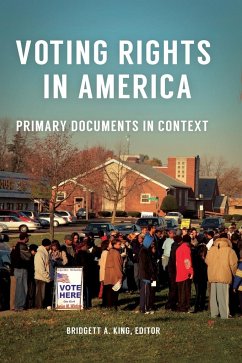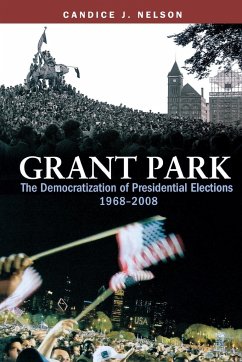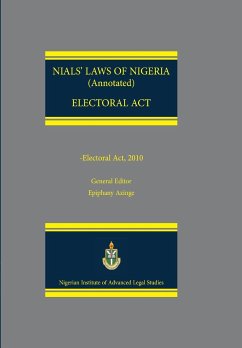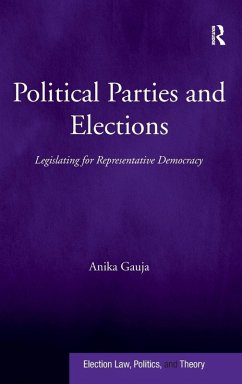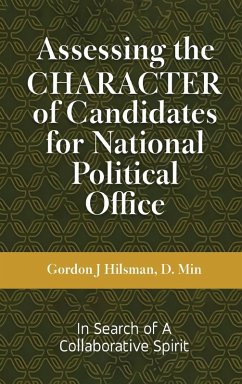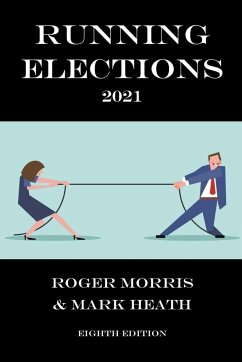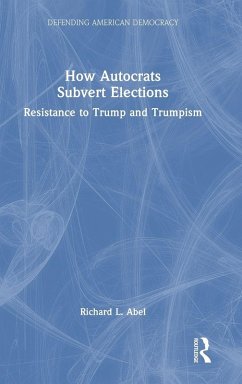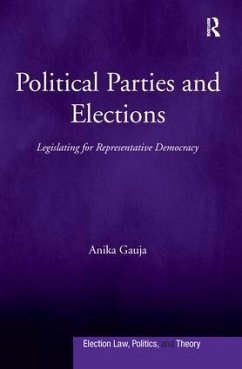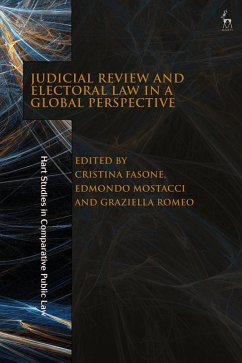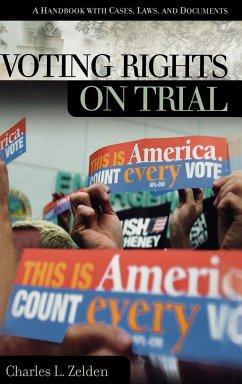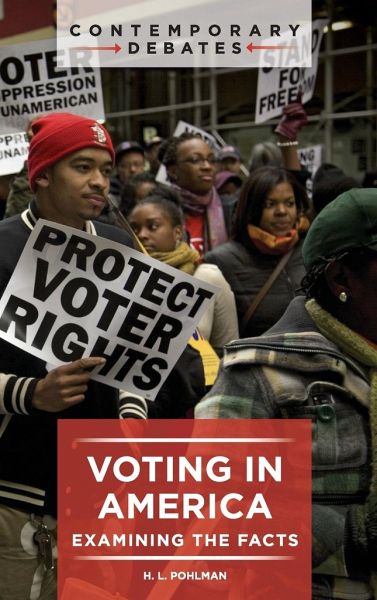
Voting in America
Examining the Facts
Versandkostenfrei!
Versandfertig in 1-2 Wochen
66,99 €
inkl. MwSt.

PAYBACK Punkte
33 °P sammeln!
This title gives students and other users a clear understanding of the true state of voting and representative democracy in the United States by impartially examining claims surrounding voter fraud, voter suppression, gerrymandering, and other voting-related issues in the U.S. This work is part of a series that uses evidence-based documentation to examine the veracity of claims and beliefs about high-profile issues in American culture and politics. Each book in the Contemporary Debates series is intended to puncture rather than perpetuate myths that diminish our understanding of important poli...
This title gives students and other users a clear understanding of the true state of voting and representative democracy in the United States by impartially examining claims surrounding voter fraud, voter suppression, gerrymandering, and other voting-related issues in the U.S. This work is part of a series that uses evidence-based documentation to examine the veracity of claims and beliefs about high-profile issues in American culture and politics. Each book in the Contemporary Debates series is intended to puncture rather than perpetuate myths that diminish our understanding of important policies and positions; to provide needed context for misleading statements and claims; and to confirm the factual accuracy of other assertions. This particular volume examines beliefs, claims, and myths about voting and elections in the United States. Issues covered include constitutional provisions concerning the franchise, constitutional amendments expanding the vote to previously disenfranchised groups, the specific provisions of the landmark Voting Rights Act of 1965, and modern-day controversies swirling around claims of voter suppression for partisan gain, voter fraud, and partisan gerrymandering. All of these issues are examined in individualized entries, with objective responses grounded in up-to-date evidence.



